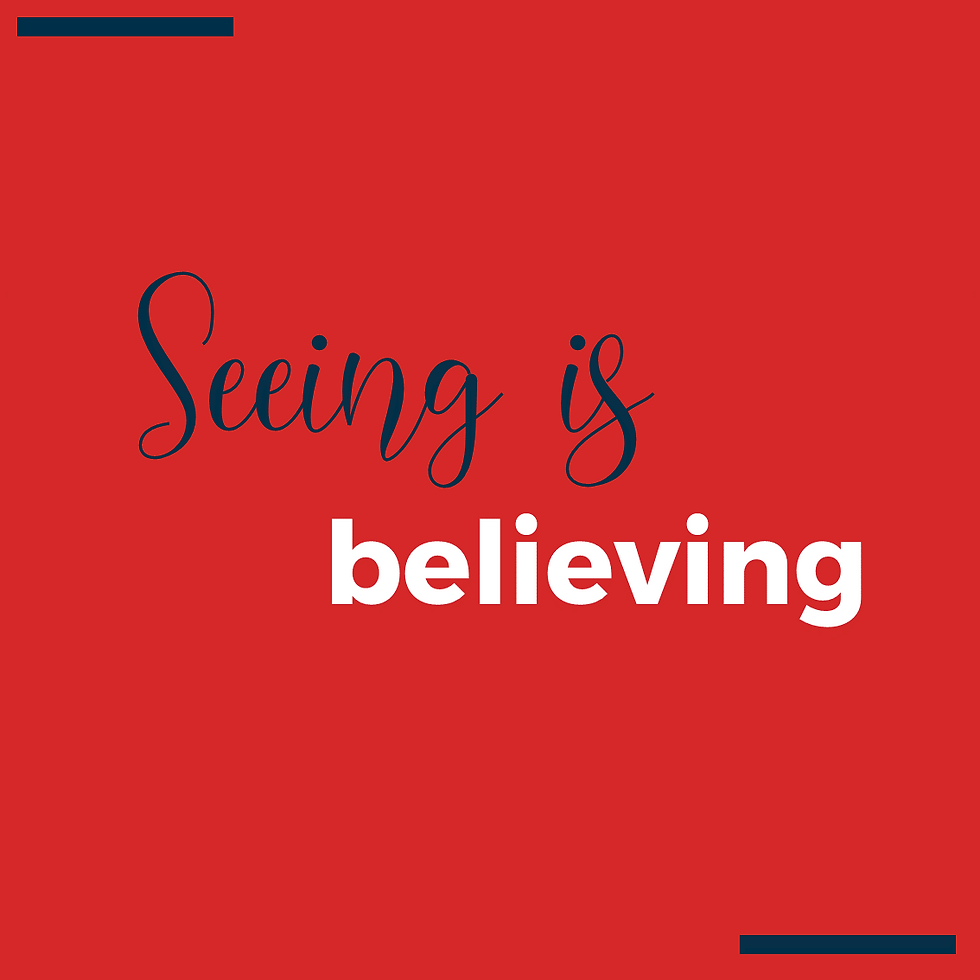Seeing Is Believing - Visual Processing
- UrMind

- Feb 28, 2024
- 2 min read

The human preference for visual information over auditory input can be traced back to evolutionary factors that have shaped our survival instincts. Throughout evolution, the ability to see and interpret visual cues played a pivotal role in ensuring survival. Detecting potential threats, identifying sources of nourishment, and navigating the environment were critical tasks that heavily relied on sight. As a result, our brains have evolved to prioritize and process visual information efficiently.
Visual stimuli offer an immediate and tangible perception of the world, providing a direct and detailed assessment of our surroundings. In contrast, auditory cues often require interpretation and can be influenced by external factors such as distance or background noise. This preference for visual input aligns with our ancestral need for quick and accurate assessments of the environment.
In social contexts, the significance of visual information becomes even more pronounced. Facial expressions and body language convey nuanced information that complements or contradicts verbal communication. The ability to interpret these visual cues enhances our understanding of social interactions.
Visual stimuli can aid in comprehension and memory retention. Graphs, charts, diagrams, and illustrations are often used in educational settings because they help convey complex information in a more digestible and memorable format. Visual aids can facilitate understanding by providing context, structure, and visual cues. It can also spark creativity and inspire innovative thinking. Exposure to diverse visual experiences, such as art exhibitions, design concepts, or architectural marvels, can stimulate imagination, encourage experimentation, and broaden perspectives. It can prompt individuals to think outside the box and explore new ideas and possibilities. Engaging with visually pleasing environments or stimuli, such as nature scenes, artwork, or calming colours, can promote relaxation and reduce stress. Studies have shown that exposure to natural landscapes or images can have therapeutic effects, lowering heart rate, blood pressure, and cortisol levels.
Our natural inclination towards visual processing has profound effects on modern life, influencing communication, relationships, learning, and decision-making. This preference for visual information reflects our finely tuned sensory perceptions, honed by evolution to navigate and succeed in our complex world. Visual stimulation enhances the human experience, fostering learning, communication, creativity, relaxation, social connection, and navigation. Engaging with visual stimuli can improve cognitive abilities, emotional well-being, and overall quality of life.







